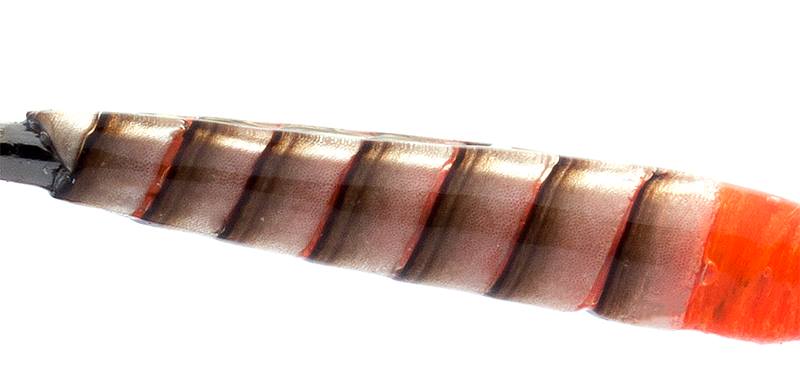
Tying with peacock quills is an article dedicated especially to beginners to have a better image about this material widely used.
Will help you to choose better the peacock quill depending of what flies do you want to make. For Example for dry flies and buzzers is used a type of peacock quill for ribbing bodies is used a different one.
The peacock quill is appreciated in our fly tying world because imitate very nice the segmentation of the insect bodies.
For this reason if a fly tyier or a fisherman is talking about peacock quill he is referring at stripped barbs of the feathers.
Is good to know that are 2 kinds of peacock quills:
* from eye part of peacock feather
* from body part of the feather
The quills from eye part are:
*medium short
*flat section
*wider and nicely colored in a nice gradient from dirty white to dark grey,
*with a bright and glossy look
*perfect for imitating bodies of insects ( emergers, dry flies, mosquito, buzzers)
*usually can be used for hooks in size up to #14 and only those carefully selected from old birds can be used on size #12 and #10
The quills from body part of the feather are:
*long and very long
*almost round section
*dun or dark dun – solid color
*perfect for tying bodies of flies in solid color
*perfect for ribbing
Usually a tier use 80-90% only the first type of quill and a quill of high quality can’t be found anywhere in the feather but only in the area of the eye. The good feathers where you can find these high quality quills are from peacocks older than 5 years. The young ones have small and thinner feathers and the quill is not so brightly colored and not so wide.
You can see in the picture below how to get this quill easily. Just use a soft eraser and that is it – the most economical way but will take you a lot of time to do it:
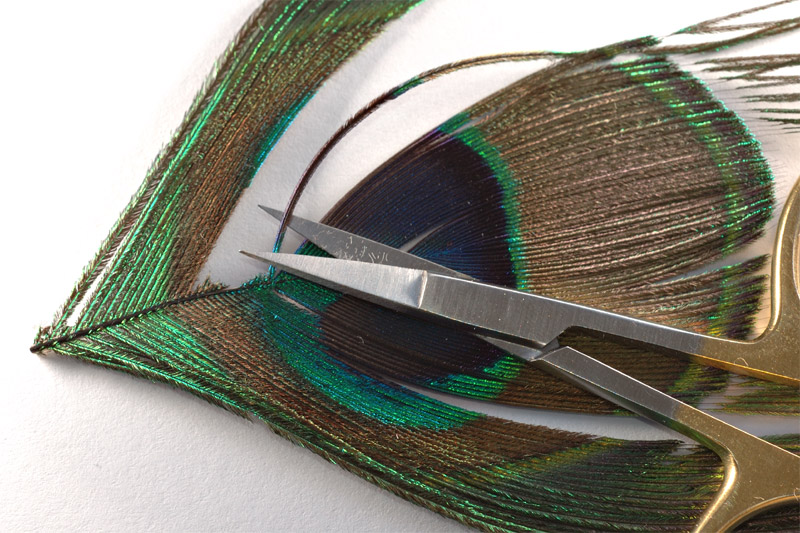
If you need to tie a large quantity of flies and don’t have enough time to clear off the fine puff from the barbs with the rubber, there are stripped feathers for sale.
To obtain the stripped quills more faster then a chemical solution is needed, more exactly sodium hypochlorite. This solution burns the puff but it will also slightly affects the quill. For this reason it becomes more sensible and breaks more easily if the tier is not too careful.
An important advice: always fix the bottom of the quill and not the tip. The tip is more delicate and doesn’t have the needed colors, the hues are not so strong and won’t create the desirable contrast.
Here a close up photo of a nymph tied with selected quill in the correct way:
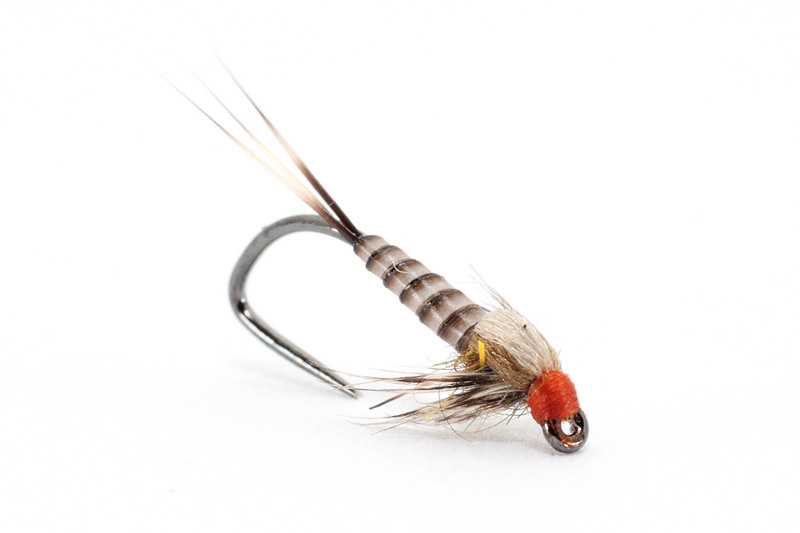
Based on high demands from tiers from all over the world TroutLine started to select the peacock feathers and clean them one by one by hand. In this way these quills are superior to those chemical cleaned , more resistant and more shinny!.
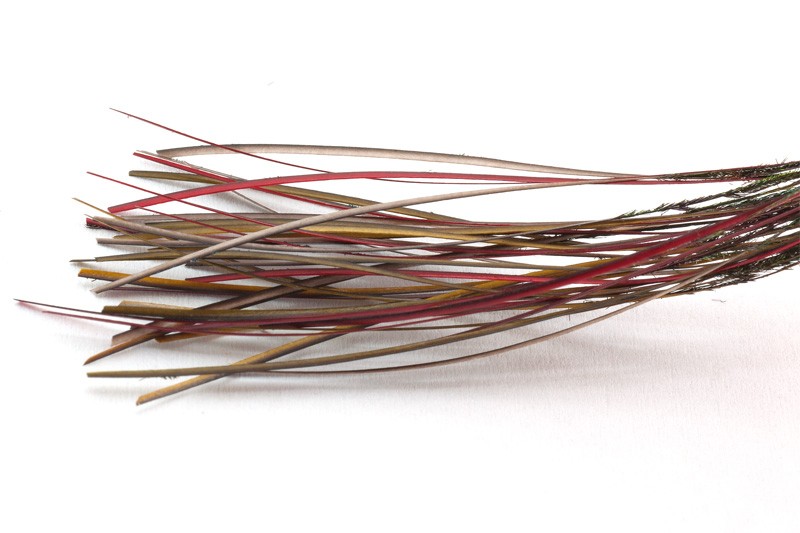
A few colors to have an idea what is about:
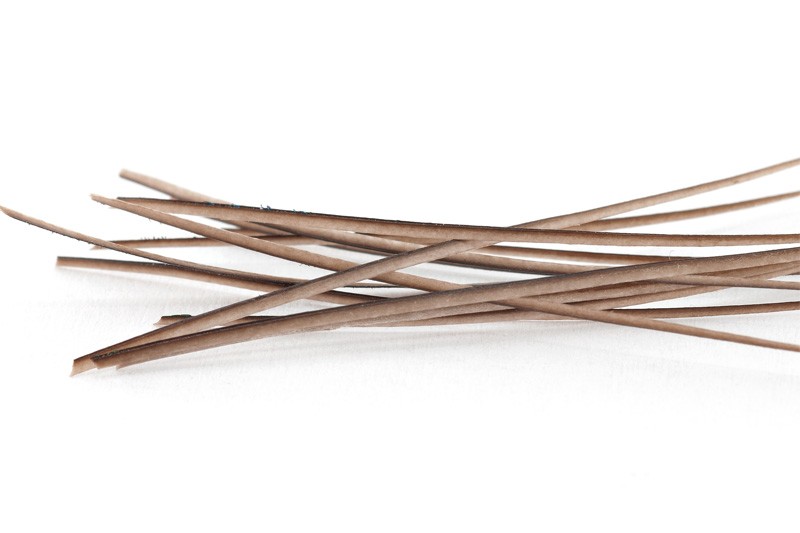
The follow photo is about peacock quill dyed in yellow:
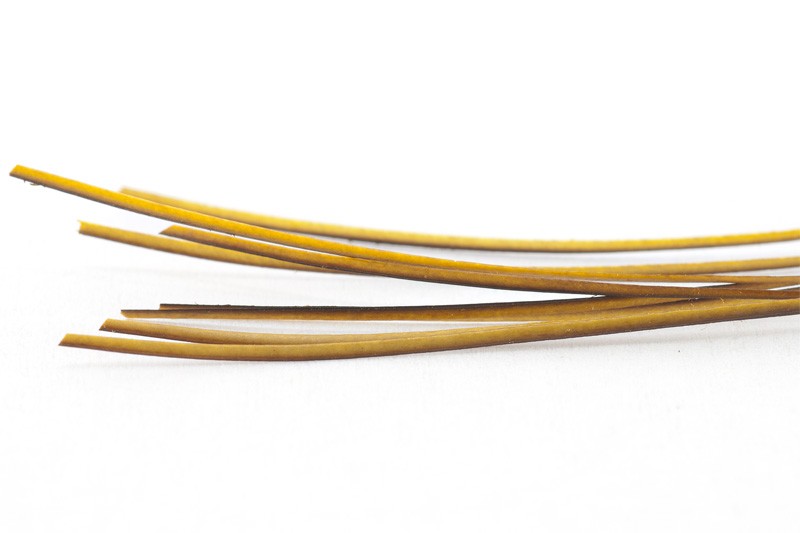
All colors can be seen here, in TroutLine Shop
For example a batetis nymph tied with this material:
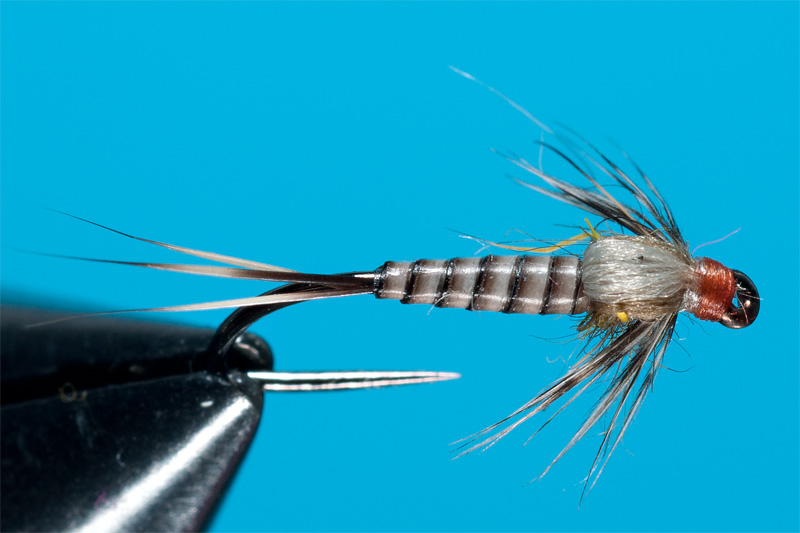
Another photo with a body made of peacock quill coated with UV Resin:
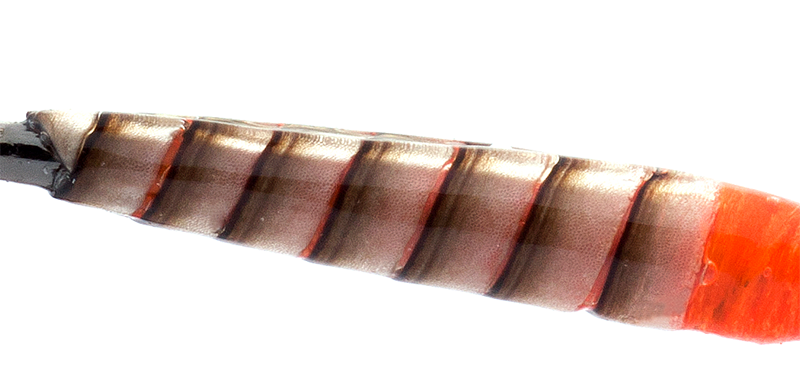
I hope that this article is clear and helps everybody in understanding better this material.
If you don’t have time to clean it and you want to buy it in natural but also in other colors you can take a look in Troutline Shop – Peacock Quill Hand Cleaned and Selected, the quill is high quality and careful selected:
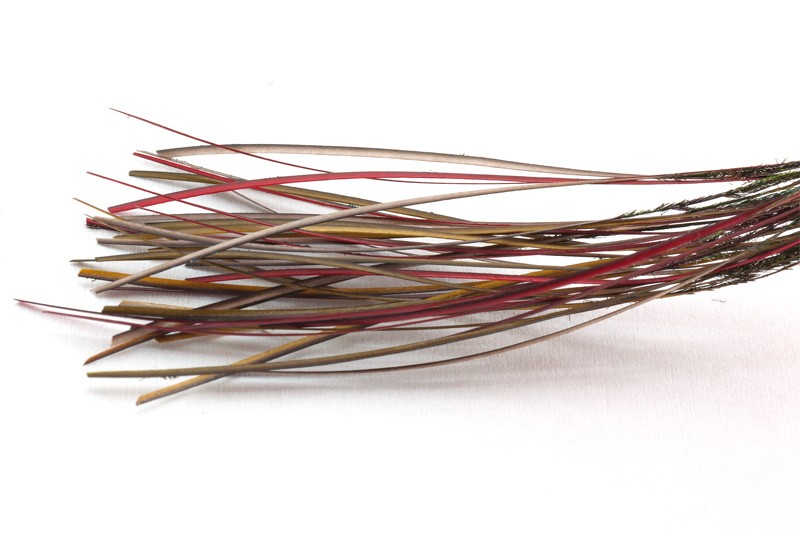
Have fun tying!

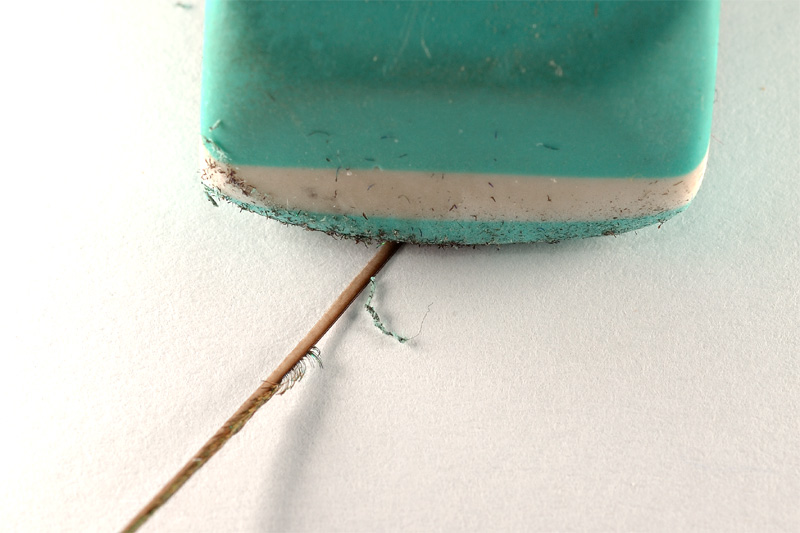
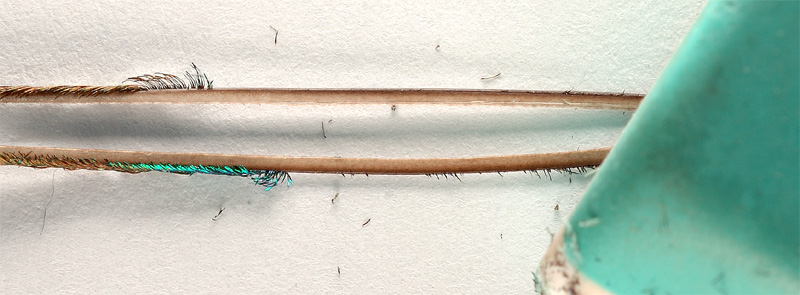
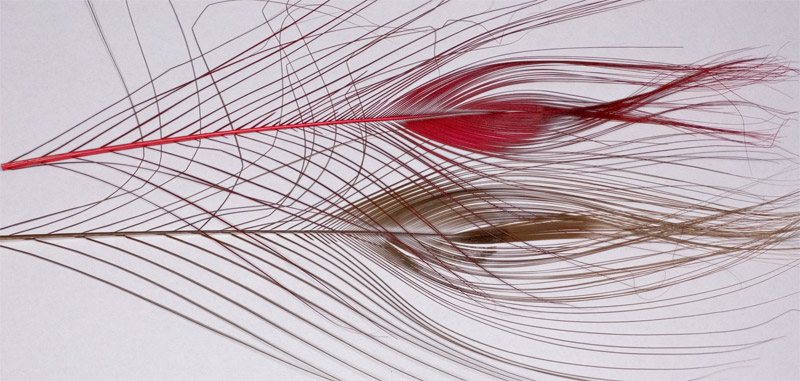
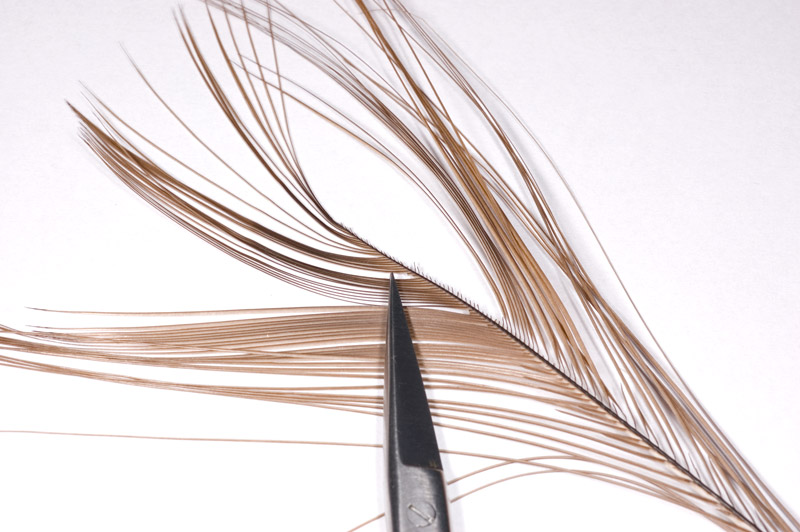
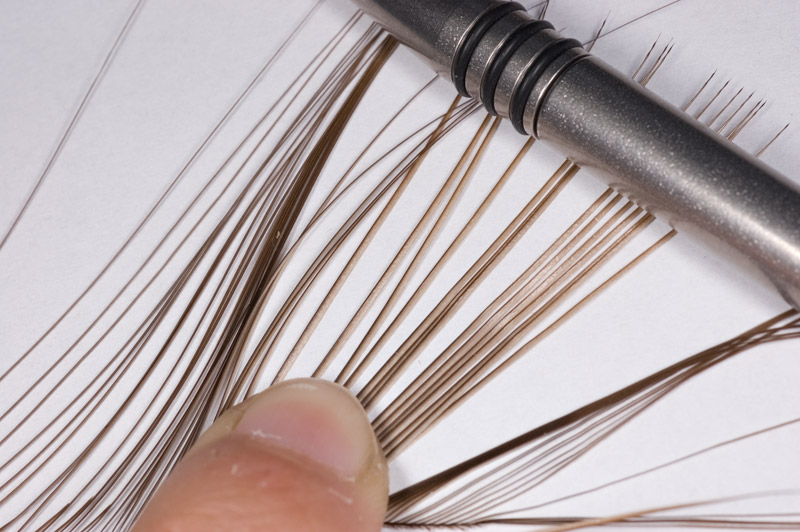
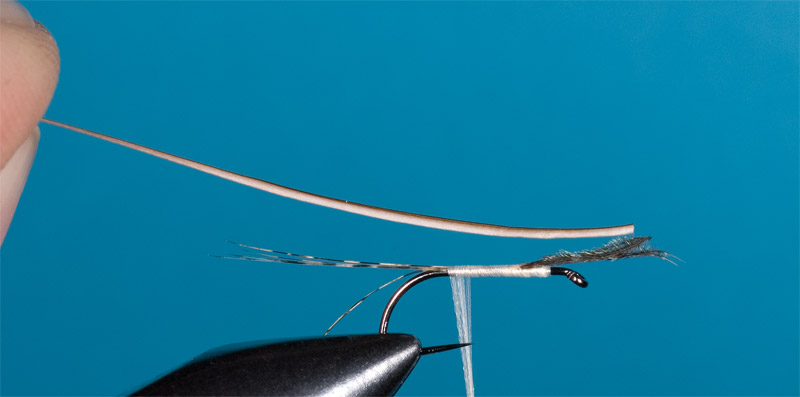
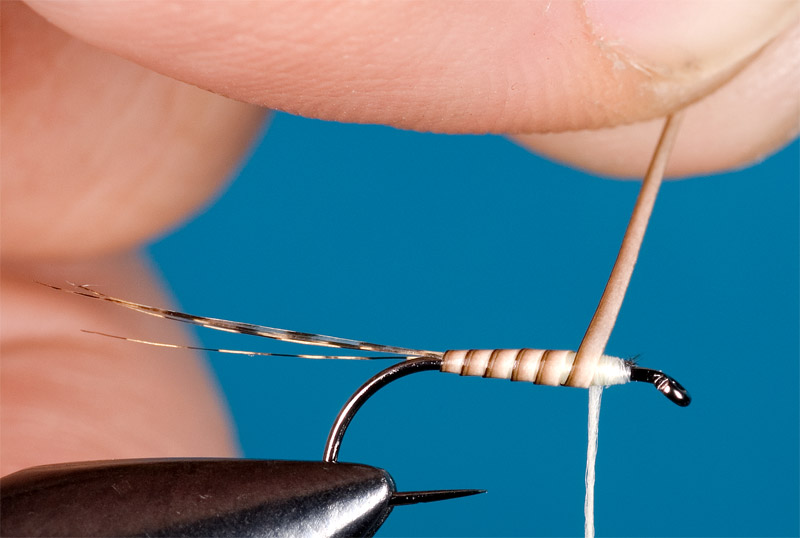
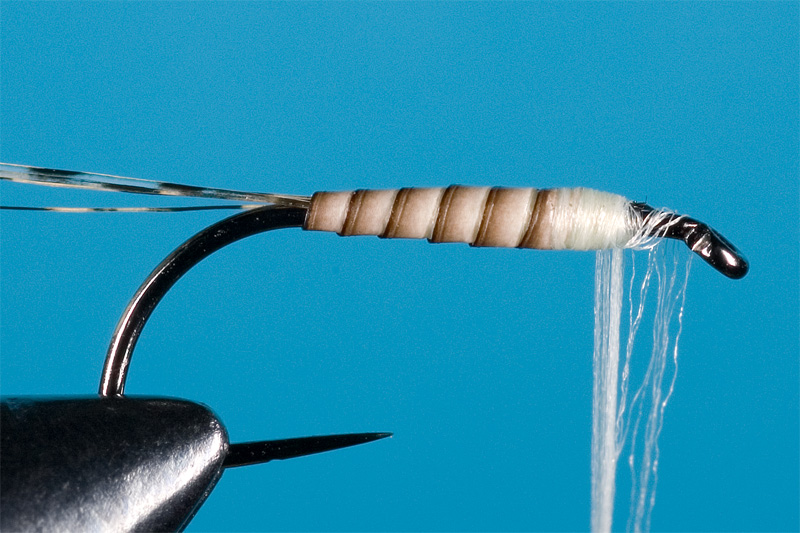
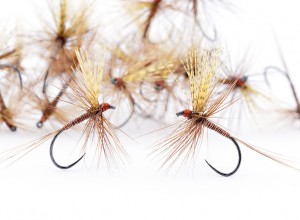
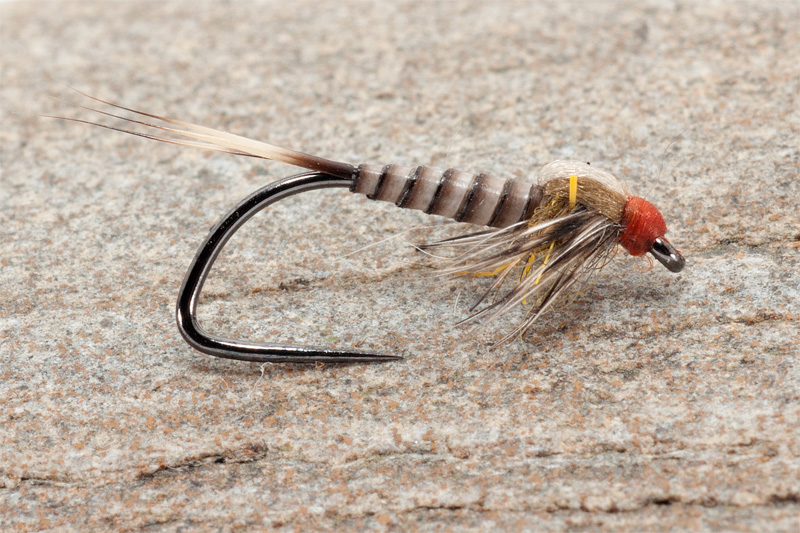
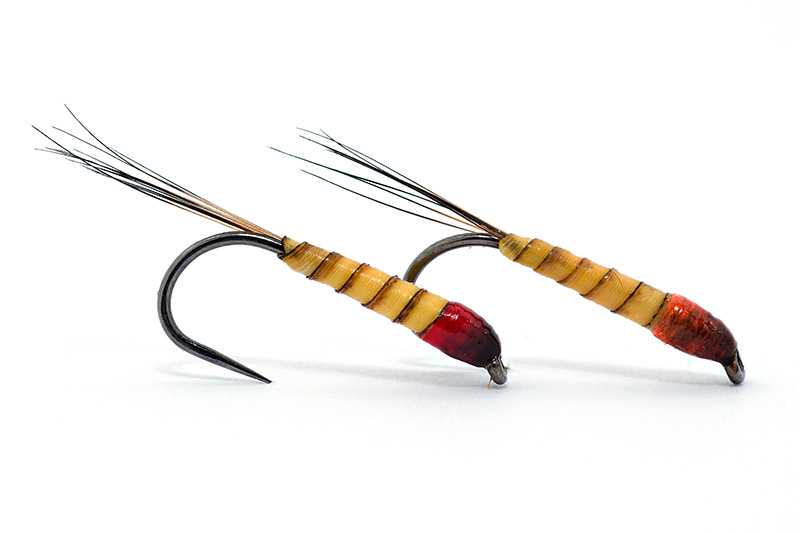
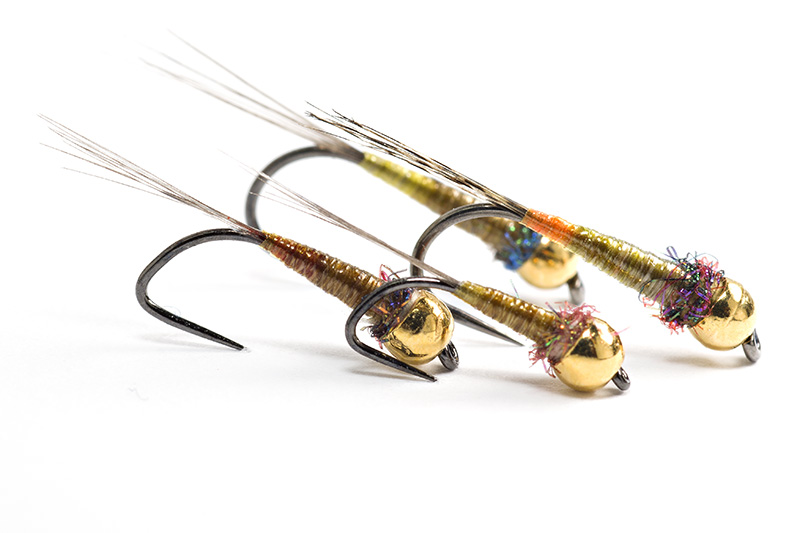
Leave a Reply